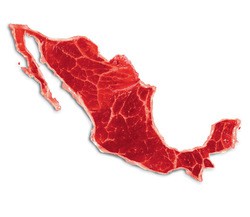Beyond Violence
Although violence remains a relevant instrument for Mexican drug cartels, they have mastered an impressive arsenal of softer tools such as social inclusion, family ties, and creative organizational designs, to better pursue their criminal interests across the Americas and beyond. This article, based on his original TED talk, has been exclusively adapted for BRICS Business Magazine by the author.
In December of 2013 the city of Apatzingán, in the coastal state of Michoacán in Mexico, awoke to gunfire. For two straight days the city became an open battlefield between the federal forces and a well-organized group, presumably from the local criminal organization La Familia Michoacana, or the Michoacán Family. The citizens didn’t only experience ceaseless gunfire but also explosions and burning trucks used as barricades across the city, which was turned into an open battlefield. During a particularly intense encounter it was presumed that the leader of La Familia Michoacana, Nazario Moreno González, was killed.
In response to this terrifying violence, the mayor of Apatzingán decided to call the citizens to march for peace. The idea was to ask for a softer approach to criminality in the state. On the day of the scheduled procession thousands of people showed up. As the mayor was preparing to deliver a speech to kick off the march, his team noticed that, while half of the participants were properly dressed in white and wearing banners asking for peace, the other half was actually marching in support of the criminal organization and its now presumably defunct leader. Shocked, the mayor and his team decided to step aside rather than participate in or lead a procession that was ostensibly in support of organized crime. The two marches joined together and continued on their path towards the state’s capital.
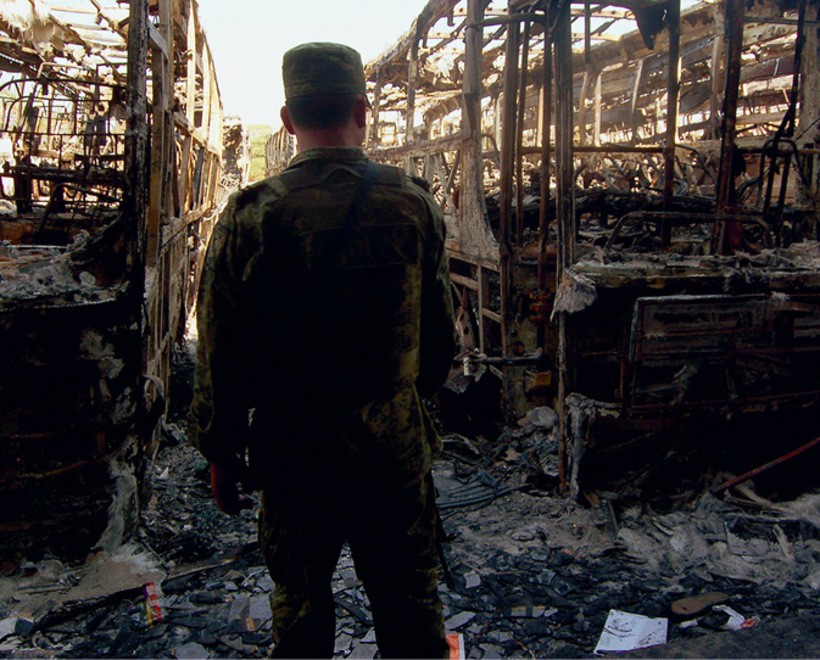 Because of the nature of the product, the business model to address the
market requires you to guarantee to your producers that the product will
be reliably placed in the markets where it is consumed. And the only
way to do this, because it is illegal, is to have an absolute control of
the traffic corridors that are used to transport drugs – hence the
violence. If you look at the map of cartel influence and violence you
will see that it almost perfectly aligns with the most efficient routes
of drug transportation
Because of the nature of the product, the business model to address the
market requires you to guarantee to your producers that the product will
be reliably placed in the markets where it is consumed. And the only
way to do this, because it is illegal, is to have an absolute control of
the traffic corridors that are used to transport drugs – hence the
violence. If you look at the map of cartel influence and violence you
will see that it almost perfectly aligns with the most efficient routes
of drug transportation
This story of horrific violence, followed by a fumbled approach by federal and local authorities as they tried to engage a civil society that had been very well engaged by criminal organizations, is a perfect metaphor of what is happening in Mexico today. What we see is that our current understanding of drug violence and what leads to it is probably, at the very least, incomplete.
If you decided to spend 30 minutes trying to figure out what is going on with drug violence in Mexico today by just researching online, the first thing you would find is that the laws state that all Mexican citizens are equal. But in fact there are some who are more equal and some who are much less equal than others. You would quickly find out that in the past six years anywhere between 60,000 and 100,000 people have lost their lives in drug-related violence in Mexico.
To put that in perspective, 60,000 is eight times larger than the total number of coalition casualties in the Iraq and Afghanistan wars combined. And it is also shockingly close to the number of people who have died in the active Syrian civil war. But this is happening just south of the US border.
So far from God
As you read all this, you will quickly become numb to the numbers of deaths because you will see they are presented as abstract numbers of faceless, nameless dead people. Implicitly or explicitly, there is a narrative that all the people who are now dying are somehow involved in the drug trade. We infer this because they were either tortured, executed in a professional manner, or most likely both. Thus clearly they were criminals because of the way they died. And so the narrative is that somehow these people have received what they deserved. They were the bad guys.
And that creates some form of comfort for a lot of people, since it is easier to think of us – the citizens, the police, the army – as the good guys, and of them – the narcos, the cartels – as the bad guys. But if you think about it, the latter are only providing a service to the former. Whether we like it or not, the US is the largest market for illegal substances in the world, accounting for more than half of global demand. It shares thousands of miles of border with Mexico, which is the only route of access from the south. As the former dictator of Mexico, Porfirio Díaz, used to say, “Poor Mexico: so far from God and so close to the US.”
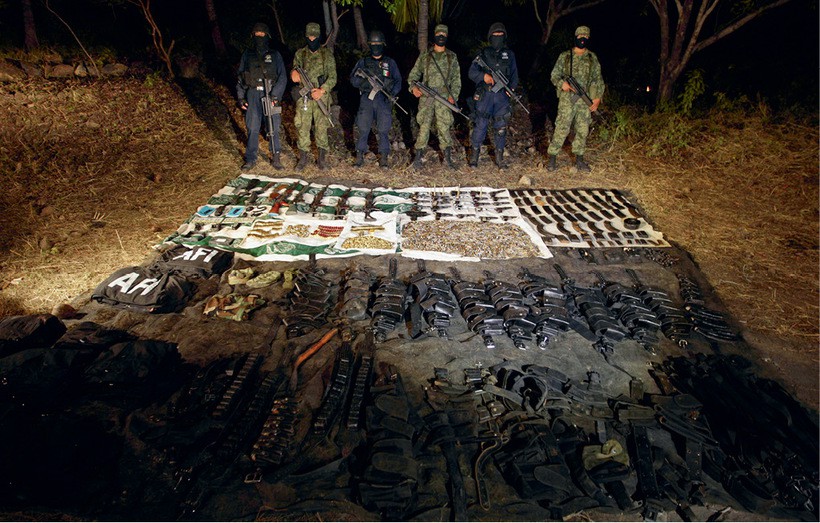
The UN estimates that that there are 55 million users of illegal drugs in the United States. Using very conservative assumptions, this yields a yearly drug retail market worth between $30 billion and $150 billion. Even if we assume that the narcos just have access to the wholesale market, which we know is false, that still leads to yearly revenues of between $15 billion and $60 billion. To put these numbers in perspective, Microsoft has yearly revenues of around $60 billion.
And it so happens that because of the nature of the product, the business model to address the market requires you to guarantee to your producers that the product will be reliably placed in the markets where it is consumed. And the only way to do this, because it is illegal, is to have an absolute control of the traffic corridors that are used to transport drugs – hence the violence.
If you look at the map of cartel influence and violence you will see that it almost perfectly aligns with the most efficient routes of drug transportation from the south to the north. The only thing the cartels are doing is trying to protect their business model.
It is not only a multi-billion-dollar market, but also a complex one. For example, the coca plant is a fragile plant that can only grow in certain latitudes. This means that the business model to address this market requires decentralized, international production. It also requires good quality control because people need a good high that is not going to kill them. And it has to be delivered where they need it. This means that you need to secure production and quality control in the south and you need to ensure that you have effective and efficient distribution channels in the markets where these drugs are consumed.
I urge you – but only a little bit, because I don’t want to get you into trouble – just to ask around and see how difficult it would be to get whatever drug you want, whenever you want, wherever you want in the US. Some of you may be surprised to know that there are many dealers offering guaranteed delivery of drugs in 30 minutes or less.
Just think about it for a second. Think of the complexity of the distribution network that I just described. It is very difficult to reconcile this with the image of faceless, ignorant, dumb criminals who are randomly shooting each other.
Brand of fear
As any business professor will tell you, an effective organization requires an integrated strategy that includes a good organizational structure, aligned incentives, a solid identity, and brand management. This leads us to the second thing you would learn in your 30-minute internet exploration of drug violence in Mexico. You would quickly realize – and perhaps be confused by the fact – that there are three organizations that are constantly named in articles. You will hear about Los Zetas, the Knights Templar, which is a new brand for La Familia Michoacana, and the Sinaloa Federation.
You will read that Los Zetas are an assortment of sociopaths that terrify the cities they enter and silence the press. This is somewhat true, or mostly true. But this is a result of a very careful branding and business strategy. Los Zetas is not just a random crowd of individuals, but was actually created by another criminal organization, the Gulf Cartel, that used to control the eastern corridor of Mexico. When that corridor became contested, the Gulf Cartel decided that they wanted to recruit a professional enforcement arm. So they recruited Los Zetas from a unit of elite paratroopers of the Mexican army. They were incredibly effective as enforcers for the Gulf Cartel, so much so that at some point they decided just to take over the operations. That is why I ask you never to keep tigers as pets: they grow up.
Given that Los Zetas as an organization was founded in treason, it lost some of its links to the production and distribution networks in the most profitable markets like cocaine. What Los Zetas did have, and this is again based on their military origin, was a perfectly structured chain of command with a very clear hierarchy and a very clear promotion path, which allowed them to supervise and operate across many markets effectively – the essence of what chains of command seek to do.
When Los Zetas lost access to more profitable markets, it pushed them and gave them an opportunity to diversify into other forms of crime. These include kidnapping, prostitution, local drug dealing, and human trafficking – including of migrants from the south to the US.
What they currently run is truly and quite literally a franchise business. They focus most of their recruiting efforts on the army, openly advertising better salaries, better benefits, and better promotion paths – not to mention much better food.
The way they operate is that when they arrive in a locality, they let people know that they are there. And they go to the most powerful local gang and say, “I invite you to be the local representative of the Los Zetas brand.” If they agree (and we don’t want to know what happens if they don’t), they supervise them and train them in how to run the most efficient criminal operations for that town in exchange for royalties.
This kind of business model obviously depends entirely on having a very effective brand of fear. And so Los Zetas carefully stage active violence that is spectacular in nature, especially when they first arrive in a city. But again this is just a brand strategy. I am not saying they are not violent. They definitely are. But what I am actually saying is that, even though you will read of Los Zetas as the most violent organization, the body counts across different organizations is actually not that different.
Social enterprise
In contrast to Los Zetas, the Knights Templar that arose in Michoacán emerged in reaction to the incursion of Los Zetas into the state of Michoacán. It is geographically a strategic state because it has one of the largest ports in Mexico and very direct routes to the center of the country, giving direct access to the US. The Knights Templar realized very quickly that they couldn’t control Los Zetas with violence alone. And so they developed a strategy as a social enterprise. They brand themselves as representatives and protectors of the citizens of Michoacán against organized crime.
Their brand as a social enterprise means they require a lot of citizen engagement. So they invest heavily to provide local services like dealing with domestic violence, going after petty criminals, treating addicts, and keeping drugs out of the local markets – and of course protecting people against other criminal organizations.
They kill a lot of people too. But when they kill them, they provide very careful narratives describing why they did it, through newspaper insertions, YouTube videos, and billboards that explain that people “were killed because they represented a threat. Not to us as organization, of course, but to you as citizens. And so we are actually here to protect you.” As social enterprises do, they have created a moral and ethical code that they advertise, and they have strict recruiting practices.
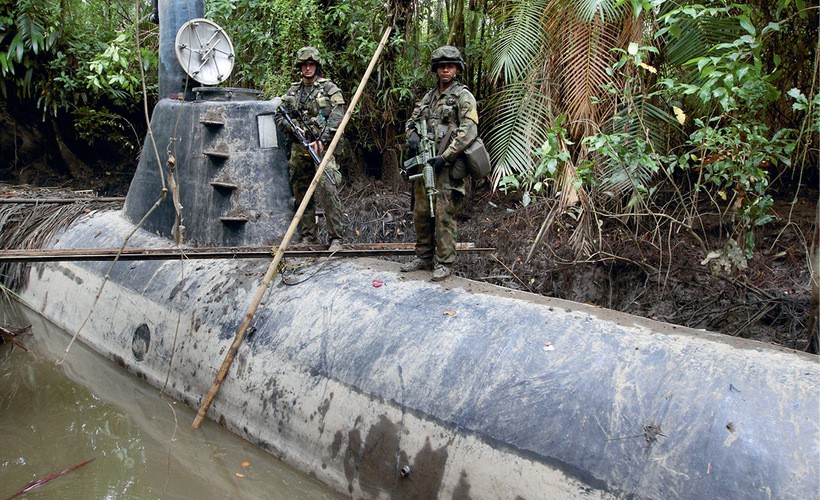
The Sinaloa Federation protects its brand by outsourcing the most questionable part of its business model. For example, when it has to engage in violence against other criminal organizations, it recruits gangs and other smaller players to do the job. And, to remain discreet, it tries to separate its operations from the worst forms of violence
They have actually retained access to the profitable drug trade, but they leverage that to, for example, trade legally extracted iron from Michoacán with illegal ephedrine from China, which is a critical component of the methamphetamines they produce. And then they have partnerships with other organizations that place their product in the US.
Under the radar
When we read about the Sinaloa Federation, we can often detect a tone of reverence and admiration, because they are the most integrated and the largest of all the Mexican organizations.
They started as a transport organization specializing in smuggling between the US and Mexico. But now they have grown into a truly integrated multinational corporation that has partnerships in production in the south and partnerships in global distribution across the planet. They have cultivated a brand of professionalism, business acumen, and innovation. They have designed new drug products and new drug processes, as well as state-of-the-art ‘narco tunnels’ going under the border. They have invented narco submarines and boats that are not detected by radar. They have experimented with drones to transport drugs, and catapults, and so on.
One of the leaders of the Sinaloa Federation, Joaquín Guzmán Loera, actually made the Forbes list as one of the most powerful people in the world. The magazine ranked him as the 10th richest man in Mexico in 2011, with a net worth of roughly one billion US dollars.
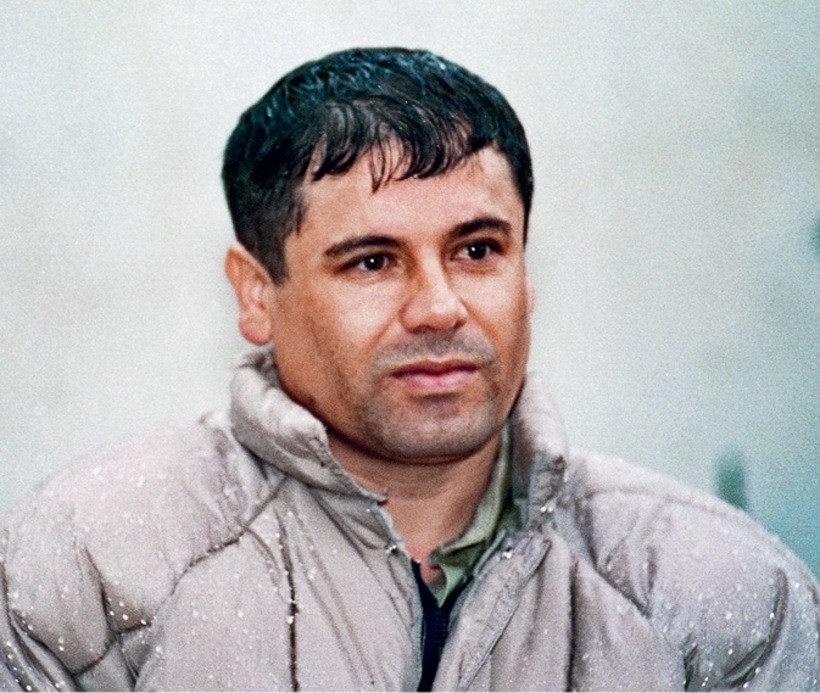 One of the leaders of the Sinaloa Federation, Joaquín Guzmán Loera,
actually made the Forbes list as one of the most powerful people in the
world. The magazine ranked him as the
One of the leaders of the Sinaloa Federation, Joaquín Guzmán Loera,
actually made the Forbes list as one of the most powerful people in the
world. The magazine ranked him as the
10th richest man in Mexico in 2011, with a net worth of roughly one billion US dollars. Like any multinational company, the Sinaloa Federation has specialized and focused on the most profitable parts of its business: high-margin drugs like cocaine, heroin, and methamphetamines
Like any multinational company, the Sinaloa Federation has specialized and focused on the most profitable parts of its business: high-margin drugs like cocaine, heroin, and methamphetamines. Like any traditional Latin American multinational company, the way it controls all its operations is through family ties. When it enters a new market, it sends a family member to supervise. Or if it partners with a new organization, it creates family ties either through marriage or other types of links.
Like any other multinational company, it protects its brand by outsourcing the most questionable part of its business model. For example, when the Sinaloa Federation has to engage in violence against other criminal organizations, it recruits gangs and other smaller players to do the job. And, to remain discreet, it tries to separate its operations from the worst forms of violence.
To further strengthen its brand, the organization actually has professional PR firms that shape how the press talks about them. It has professional videographers on its staff. And it has incredibly productive ties with the security organizations on both sides of the border.
Lessons to learn
Differences aside, what these three organizations share is a very clear understanding that institutions cannot be imposed from the top. Rather, they are built from the bottom up, one interaction at a time. They have created extremely coherent structures that they use to show the inconsistencies in government policies.
And so three things should be remembered from what has been said. First, the drug violence is actually the result of a huge market, and an institutional structure that forces the servicing of this market to necessitate violence to guarantee delivery routes.
Second, these are sophisticated, coherent organizations that are actually business organizations. Analyzing them and treating them as such is probably a useful approach.
Third, even though we are more comfortable with the idea of ‘them,’ a set of bad guys, separated from ‘us,’ we are actually their accomplices, either through direct consumption, or through an acceptance of the inconsistencies between our policies of prohibition and our actual behavior – our tolerance or even our encouragement of consumption.
These organizations service, recruit from, and operate within our communities. As a result, they necessarily are much more integrated within them than we comfortably acknowledge.
And so the question is not whether these dynamics will continue the way they have. We see that the nature of this phenomenon guarantees that they will. The question is whether we are willing to continue our support of a failed strategy based on our stubborn, blissful, voluntary ignorance at the cost of the deaths of thousands of our young.


